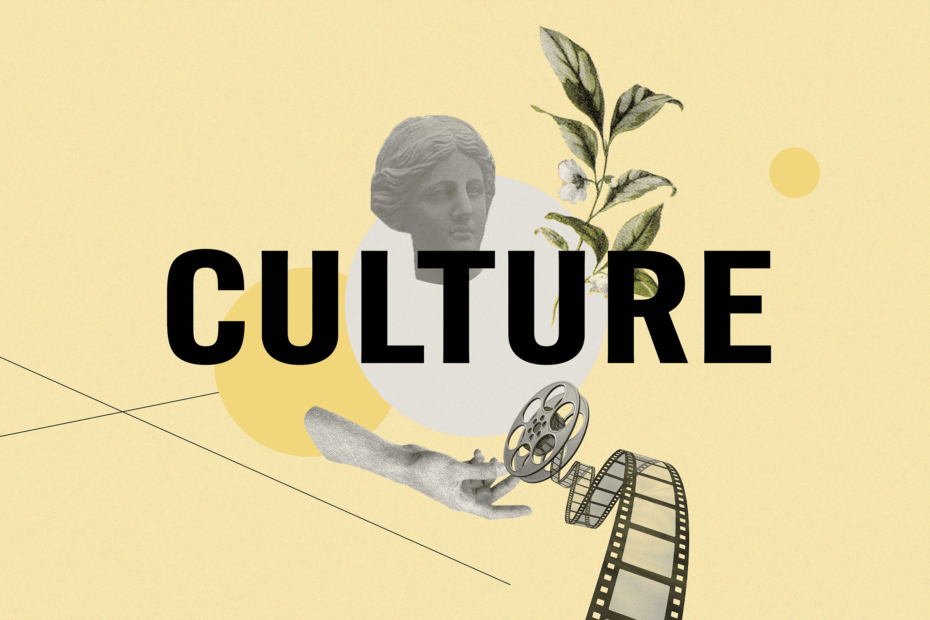A previous version of this article featured an illustration which was not properly credited to its original artists. The Daily regrets this mistake.
The Anishinaabemowin study group has returned for a second year. The group hosted their welcome party on September 27 and will meet every Wednesday for the rest of the semester in Ferrier 408.
Anishinaabemowin is the Anishinaabe language, also known as Ojibwe, and is a widely-used Indigenous language with many dialects across (so-called) Canada and the United States. The Anishinaabe people live in what is now known as the Ottawa River Valley, as far west as Saskatchewan, and across North Dakota, Minnesota and Michigan.
The welcome party featured a drumming and singing performance from Robert Spade, an Anishinabeininii (Anishinaabe man) from the Sturgeon Clan, who explained the meaning behind the greeting boozhoo. Nanaboozhoo is a shapeshifter and central figure in many traditional stories. He is considered one of the co-creators of the world and may return one day. Since we don’t know what form he will take when he returns, we must greet everyone with boozhoo, just in case. Students at the welcome party also had the opportunity to practice introducing themselves in Anishinaabemowin and counting numbers from 1-20 with a game.
This year, the club will follow the curriculum created by Jenni Makahnouk, an Anishinaabe student from Lac Seul. Makahnouk created worksheets and activities, and sourced media for the group to use. The syllabus includes conceptual ideas and grammar, along with conversational language, stories, and cultural learning. Given the vast difference between Anishinaabemowin and English, she has “overhauled the course materials [from last year] to emphasize methods for learning the language.”
While there is a developed plan for the year, the group also allows for self-paced learning. Makahnouk described the group as informal and non-judgemental. At the welcome party, she encouraged all students to join, “even if they just want to learn a little bit.”
Member Annika Pavlin says that there is no pressure to already know anything about Anishinaabe. Pavlin was one of the original members who participated in the grassroots creation of the club last year. Each member came in with expertise in different areas, whether that was linguistics, history, knowledge of other Indigenous languages, or education in general. She says, “we are still coming into this from different places and learning all together.”
For many members, the best part of the group is the ability to teach themselves in a non-hierarchical learning environment. This flexibility has allowed members to facilitate lessons for others on concepts that interest them. Pavlin and another member taught a lesson last year that focused on talking about time. Teaching the lesson allowed them to learn even more about the concept, deepening their understanding of the language.
“I think that there is genuine interest in delving deeper into Indigenous cultures, seeking to understand, appreciate languages of the Anishinaabe. This growing curiosity signifies a hopeful shift towards greater cultural awareness and inclusivity,” said Makahnouk. This was evidenced by the many students who attended the welcome party and the growing number of members in the club.
When asked about the support McGill has given to the club, Makahnouk stated, “McGill administration has provided us with a room free of charge. Their support of our study group is appreciated. The Office of Indigenous Initiatives has been generous as well, providing us with free printing for our course materials, connecting us with community Anishinaabemowin speakers and promoting our group in the Indigenous Awareness weeks celebrations.”
For students interested in learning Indigenous languages, McGill has some options. There is an Indigenous language revitalization Masters program, which allows graduate students to take relevant courses in different disciplines to develop tools to maintain, document and revitalize their community’s language. There are also general linguistics classes like INLG 210, EDEC 344 and LING 411 which cover the basics of an Indigenous language. However, these courses are not scheduled for the 2023-2024 academic year. Turning this group into a credit course remains a long-term goal for members.
Academic Programs and curriculum are calls to action 29-39 from McGill’s 52 Calls to Action. 10 out of 11 of these calls have been marked as achieved by McGill, including Language Revitalization and Documentation. The university acknowledges that it “should consider where it can add the most value to language teaching and revitalization in Indigenous communities, while heeding the perspectives and needs of Indigenous communities as voiced by their members.”
Indigenous studies librarian Kristen Howard recommends students use the Indigenous Studies guide when conducting research on Indigenous languages or beginning their language study. It includes resources for self directed learning such as Lexique spécialisé des études collégiales en français-innu, a French-Innu resource, and 100 days of Cree, a light-hearted beginner’s guide to Cree.
In comparison to other Canadian universities, McGill falls short in offering Indigenous language education. Queens University in Kingston, Ontario offers six undergraduate Indigenous languages courses, open to all students; including two each in Anishinaabemowin, Inuktitut, and Mohawk. Schools like University of Toronto, Université de Montréal, and University of British Columbia also all offer courses in the traditional languages of the land the universities are situated upon.
However, for Makahnouk, the opportunity to teach and learn with the study group is very rewarding.
“I’m thrilled about the chance to share my culture and language,” she said.
For anyone interested in participating in this club, or learning more about the group, information is shared on their instagram account: @Anishinaabe_McGill.

